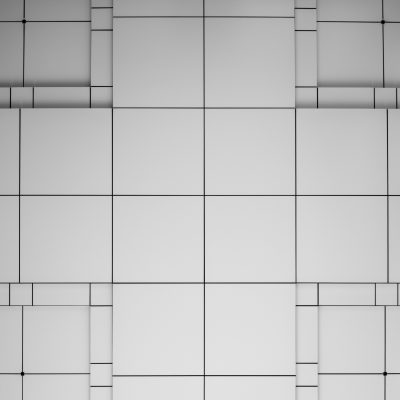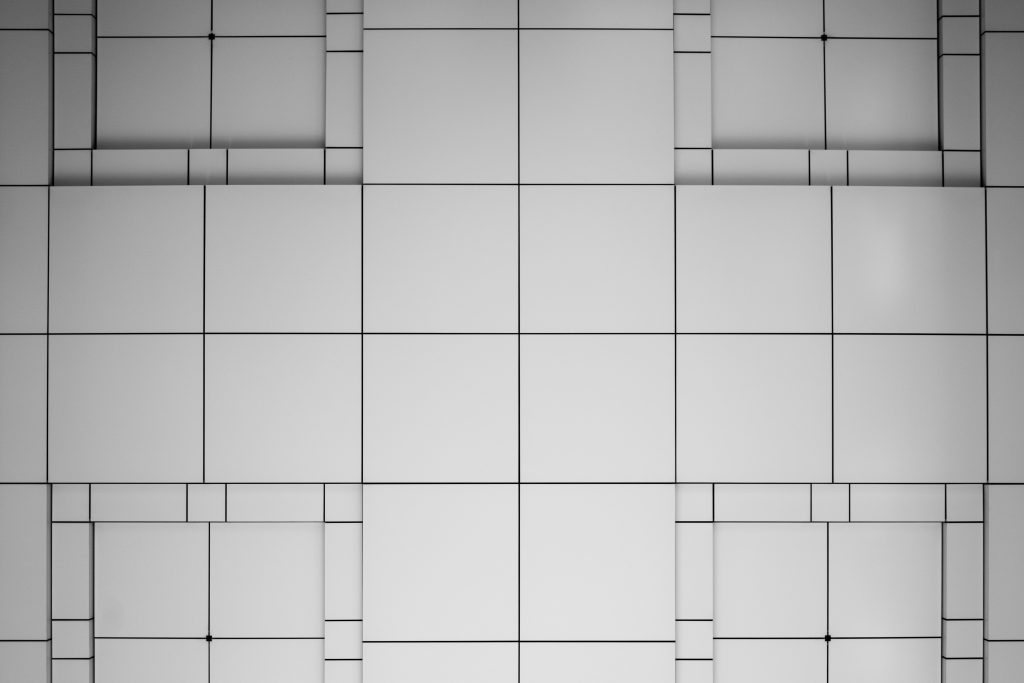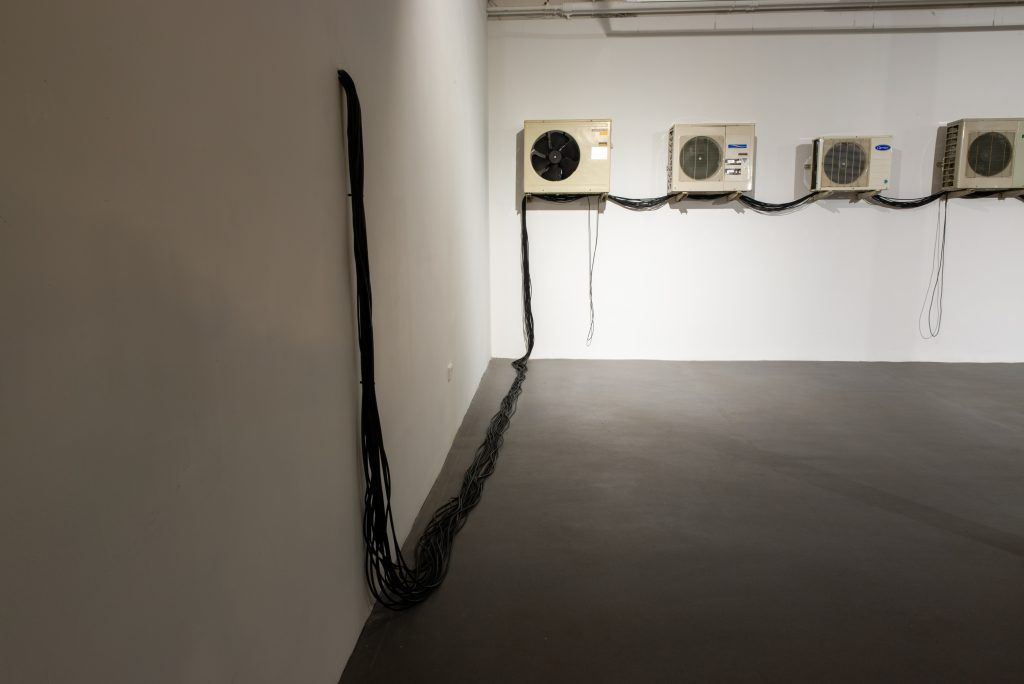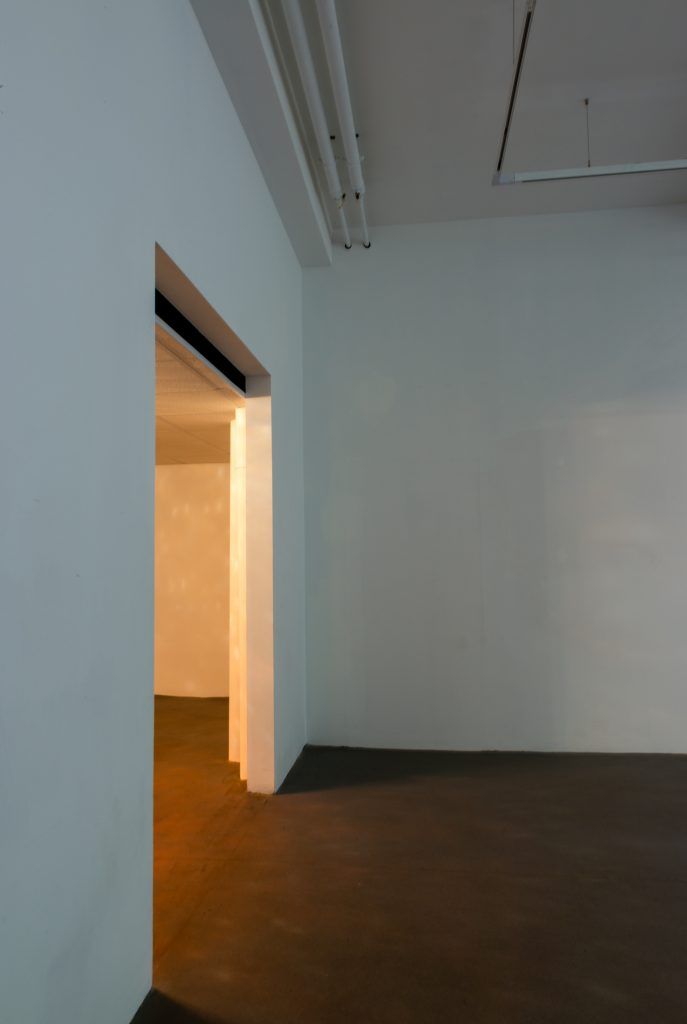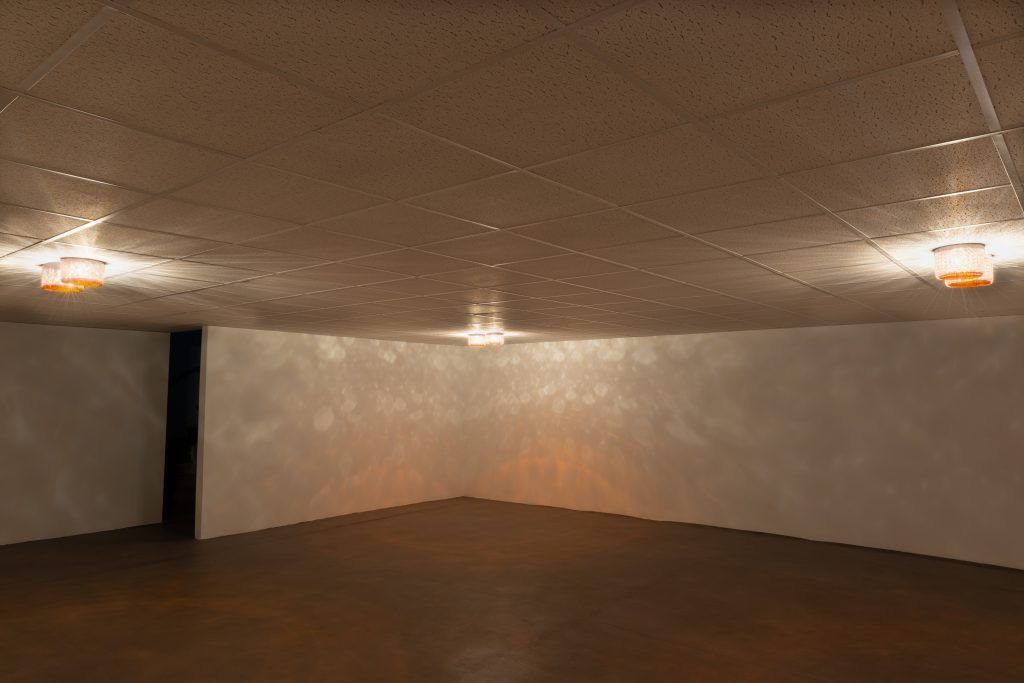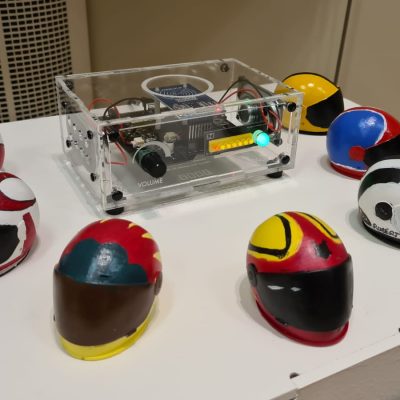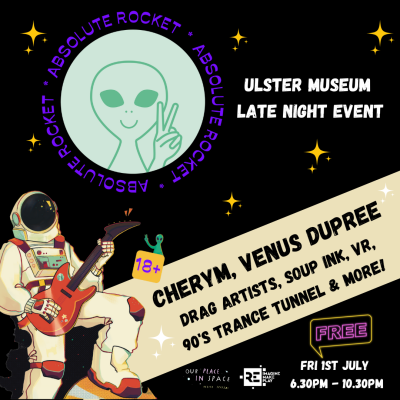BY SORCHA NÍ CHEALLAIGH
“The White Cube: a certain gallery aesthetic characterised by its square or oblong shape, white walls and a light source usually from the ceiling”
The white cube is a widely practiced and accepted environmental approach for the display of art, objects, and artifacts in the contemporary art context. So synonymous is the White Cube with the conceptual art movement, a ‘White Cube’ gallery franchise exists with galleries in Hong Kong, Manhattan and London. The environment is popular for an assortment of reasons. It is cheap yet aesthetically chic. The purchase of a high ceilinged warehouse, some strip lighting and white Dulux paint would be enough to do it. Minimalism is key and the philosophy of the space is centred on a supposedly object-orientated aesthetic experience. In the same way as a border in a frame separates art from its exterior context, the white walls remove a viewer from their personal reality, stripping any possible external or contextual information and experience from the immediate art experience to focus on what is really on display. The primary criticism of the White Cube comes from the Stuckists, who expressed their opposition to the artificial and vacuous sterility of the white wall gallery system in 1999. The Stuckists called for exhibitions to be “held in homes and musty museums, with access to sofas, tables, chairs and cups of tea”. Yet by its continuous omnipresence in the art world, the white cube represents the dominant idea of what makes a ‘good’ contemporary art museum.
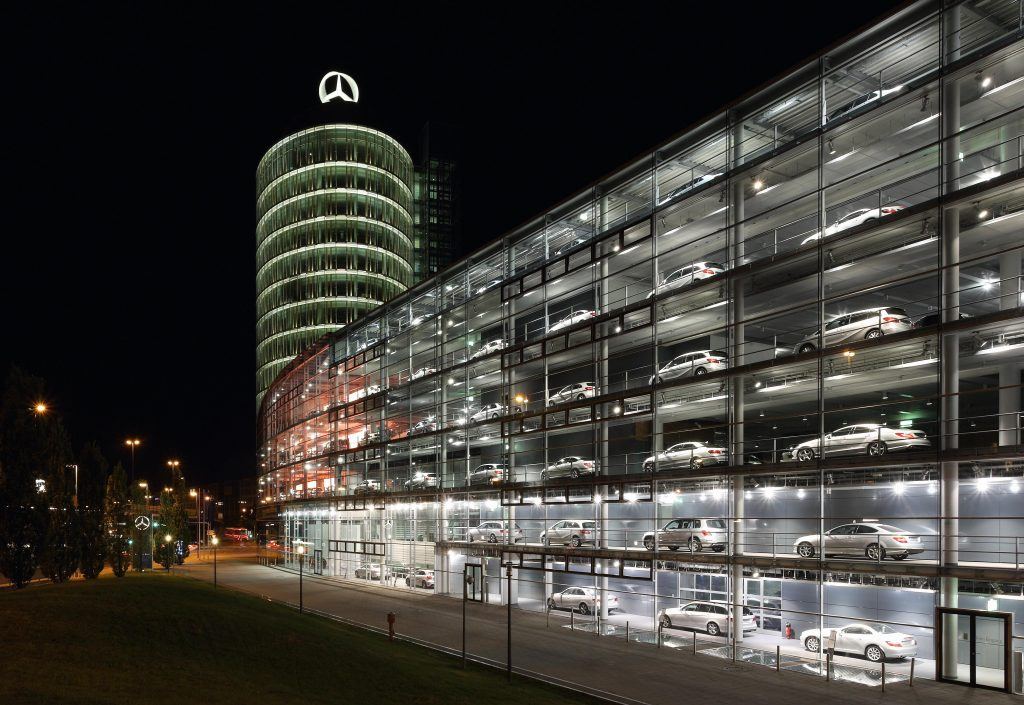
Brian O’Doherty talks about the negative associations of the space in three terms: exclusivity, expensiveness and cognisance. The White Cube by its very nature is dehumanised, clean, and minimalistic. There is rarely a crying child. There is rarely another person. There are no carpets to stain. It is usually cold or at least seems cold. Works are presented with museum labels half the size of an index card with as few descriptors as possible:
Artist Name. (Year of Birth).
Title of piece.
Medium.
So sensitive is the art to its context that the onus is on you, the viewer, to bring the contextual knowledge. Some help is sometimes given in the form of a museum leaflet or programme. But an education is a prerequisite. So much so that sometimes I wonder if the audience’s understanding of the contextual conditions even matters? With minimal information and all-white surrounds; the audience, in some circumstances, is asked to fill in the gaps. To project their educated contextual understanding in order to “get it”. Yet my eyes always traverse the pristine white walls and empty rooms, to find only an absence of living. The aesthetics of a culture that has a spare room for things and not people. Environmental minimalism – as popularised in the mass commercial realm by the industrial giant Ikea – works to present objects “isolated in plots of space” so that they look “a bit like valuable scarce goods” ripe for commercialisation. Think: the white cube aesthetics of a Mercedes showroom. And I ask: How does a car showroom make you feel? How does the empty contextless wall affect your understanding? Can you tell what price it is? Do you have to ask? At least when an audience sees a Mercedes logo, they can instantly recognise the brand and its history. But in the insular world of contemporary art, allusions are not so readily recognisable. Concepts and artistic movements referenced in the artwork and/or art object, if left unexplained, can often leave audiences frustrated or socially embarrassed by their lack of initiation or comprehension.
Prior to lockdown I spent every Wednesday in a white cube. In August 2019, I undertook an archival project in The Void gallery. I carried box files from the white cube of the front office to the white cube of the back office and sat at a large white cube desk in a large white cube room where I parted manilla folder after manilla folder with an assistant to appraise the size and nature of the archive we were working with. But it doesn’t matter how much you try to fill the space with rows of filing cabinets and bookshelves and… things. The white cube remains. The work was relaxing. It was pleasant. Yet the closeness of the white cube back office, to the white cube main office, to the blanched foyer, white kitchen, and their respective closeness to the three sprawling rooms of the gallery itself occasionally caused a feeling of unease I couldn’t quite apprehend. A difficulty breathing. The sterily of the white washed walls invaded every space, every room, even the bathroom, even the kitchen. My perception of myself changed. I regularly saw myself from overhead traversing oblong negative space. Running for a piss feels meaningful when every space feels curated. White walls staring, unburdened by content leaving only a human naked on show. Like Christmas at an aunt’s house. The ubiquitous sense of fear. Frantically grafting to the good clothes clean, only to smash a hugely expensive china plate.
Installation view, Void Gallery, 2020. Commissioned and produced by Void Gallery in partnership with Chisenhale Gallery, London. Courtesy of the artist. Photo: Tansy Cowley.
On the days when I would leave the cube to go buy my lunch, I would audibly relax only for the cafe – with its wooden interiors, homely buzz, and intensity of conversation – to feel overwhelming and alien. It was a cycle of panicking. When outside of the cube, I sought its quiet minimalism. I would rush back, my bun and coffee in hand. Then once inside, I would hold my breath. You aren’t supposed to eat in art galleries, right? I never do. But I regularly drink coffee as I wander around. It seems acceptable. I love the way contemporary art galleries rarely place any barriers between your body and the art but I’ve also had nightmares where I spill my coffee on an irreplaceable piece and wake up in cold sweats. The environmental decision felt deliberate on the part of Okon and curator Mary Cremin. While on my last few coffee breaks in the Void before lockdown, I realised I could just walk up to the chorus of fans and I could jump and I could touch them. If I wanted to. I could spill my coffee on them. If I wanted to. But I didn’t. I didn’t know why but I somehow knew the unstated rules of the white cube. I never came close.
Installation view, Void Gallery, 2020. Commissioned and produced by Void Gallery in partnership with Chisenhale Gallery, London. Courtesy of the artist. Photo: Tansy Cowley.
One day as I wandered on my lunch break, I walked toward gallery room 3, the room furthest from the street and everything else outside. At the time, when the galleries were open, we had just opened Ima-Abrasi Okon’s sur— [infinite Slippage: production of the r ~e ~a ~l as an intensive magnitude starting at zero-eight] —plus. It was easy to slip through the gallery space. The gallery’s toothless mouth never seemed to end. Its sprawling doorless entryways always lead to the next space, the next cube, luring you in with an implied honesty and a voyeuristic possibility. On that day, I reached gallery room 3 and found those horrible styrofoam ceiling boards installed by the artist and the technician. They were suspended from the ceiling only a foot or so from the head and matched the ones in the office. I experienced the slippage in real time. The true amalgamation of space and my reality on show. Then, the lights turned on, the ceiling showed itself, fitted with two bulbs inside crystal lamp shades filled with Cognac and Palm Oil. Some preternatural industrial form of sunlight. I sipped my coffee. The warmth disseminating through my body. I let out a long sigh. I relaxed. A white cube containing the opposite of everything the white cube was supposed to be. When I went to yoga in the processing room on Tuesdays, I would get lost in gallery room 3 on the way.
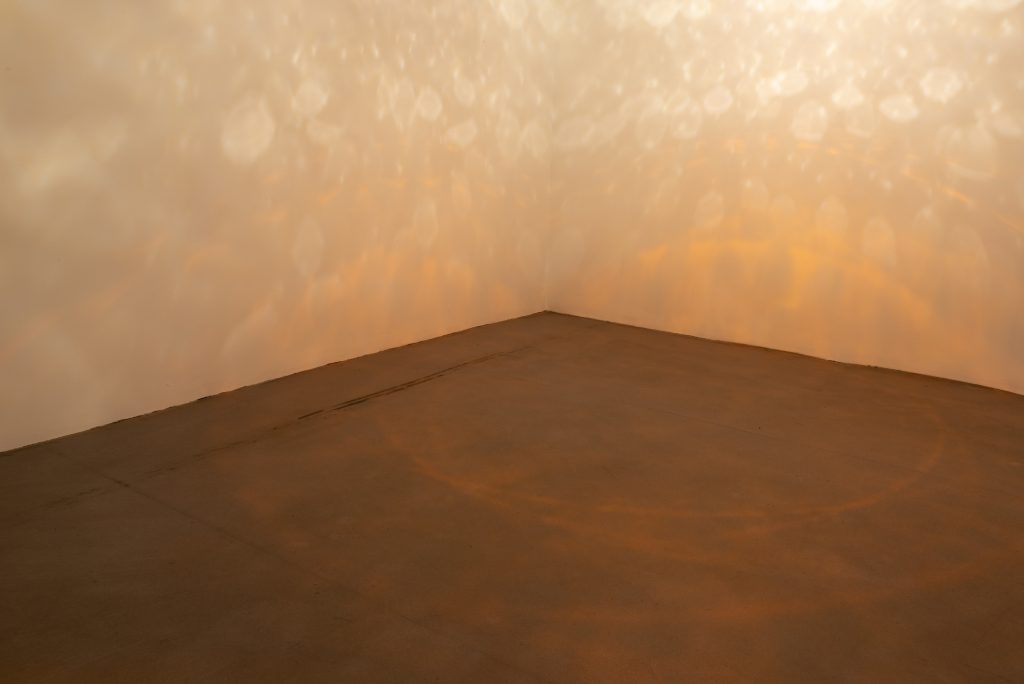
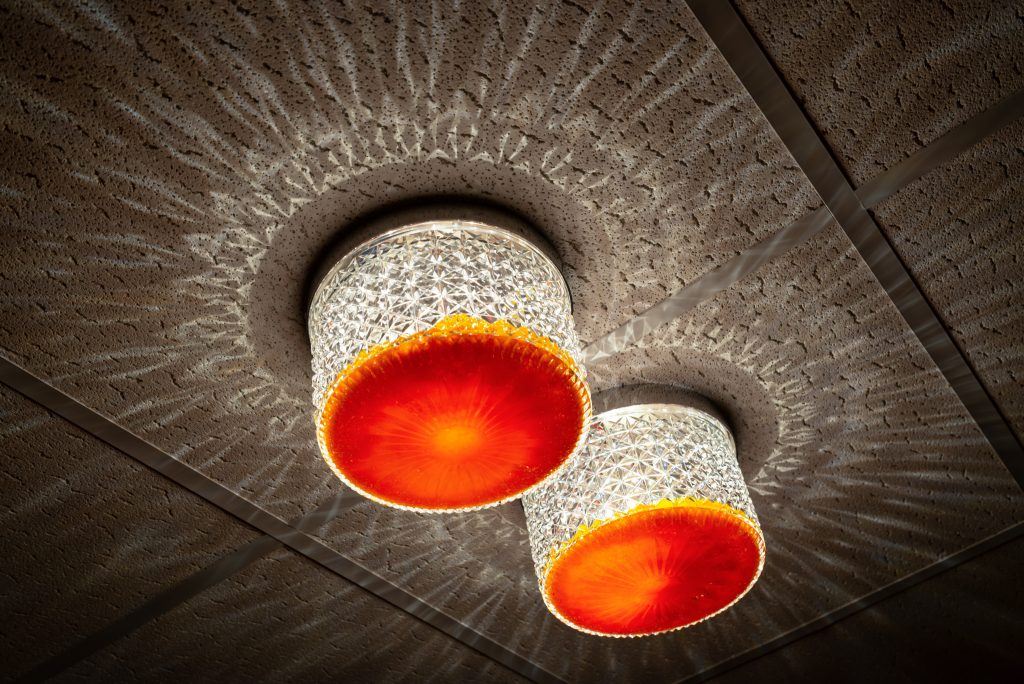
Installation view, Void Gallery, 2020. Commissioned and produced by Void Gallery in partnership with Chisenhale Gallery, London. Courtesy of the artist. Photo: Tansy Cowley
Now, in lockdown, I spend most of my time in my personal white cube. I cover the blanched walls with furniture to simulate an appearance of living. I try to emulate Ima-Abrasi Okon’s golden light with various forms of fixtures. They have yet to have any effect. So I wake in this cube every morning, exit only to enter the hall, then the kitchen. After my mother’s house flooded in 2016, all the walls were painted white with matching white marble covering the floor. I exist in my own personal white cube hell that I purposefully try to dirty so it doesn’t feel too clean. The contents of my life – my trash, my clothes, my paints, my notes, my objects, my life, my life, my life – strewn around me, curated.
This piece was written by a participant on our Creative Writing Programme. Read other works from the programme here: Virtually (Re)writing history: A series from our online creative writing programme
